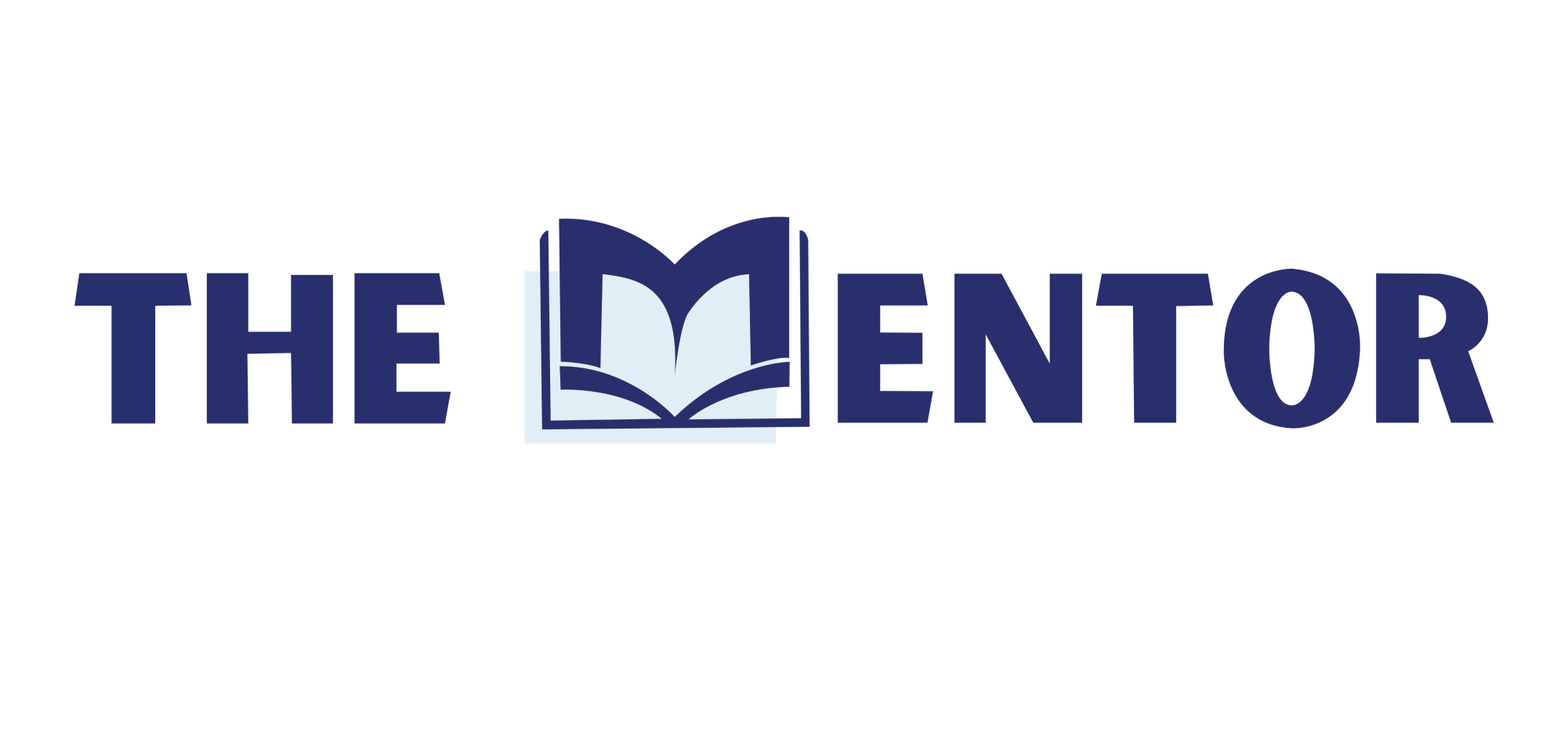Firewall hassle for teachers, students spark conversation among administration
Leslie Campbell, a science teacher at Manhattan High, has several steps for planning research-based assignments. These steps include creating lessons plans and objectives, finding websites that provide the information her classes need and submitting unblock requests to administration and the IT department.
“It gets in the way a lot,” Campbell said. “I know an awful lot of teachers who have stopped doing research projects because they just get too frustrated with the fact that the students can’t access the information. I am very well known for putting in unblock requests every time I have a project. I don’t know if I’ve put in the most, but I wouldn’t be surprised if I’ve put in more unblock requests than any other teacher in the district, and that is the reason I still have research projects.”
While the firewall can be a nuisance at times, there are specific requirements that the district is forced to comply with in order to receive funding for technology.
“I know there’s questions about … what’s the right balance? We get a lot of money what they call E-Rate (program that provides discounts to keep students and library patrons connected to broadband and voice services),” superintendent Marvin Wade said. “We get about $100,000 of E-Rate money and one of the requirements for E-Rate is that we comply with the Child Internet Protection Act that says that we won’t allow students under the age of 18 to get to sites that would harm them. Plus that’s the right thing to do anyway. So we have to have a firewall in place to protect people from where they could go that they shouldn’t and also to protect what we have inside our system from people on the outside who could steal our information.”
The district uses a software template to determine what exactly the firewall blocks. The template provides a series of categories and Mike Ribble, director of technology, works with administration to determine which categories should be blocked. From there, the software classifies every website it can find and blocks the categories that the district wants blocked.
“We go back to our district policy … and it identifies different aspects of what is appropriate and what is inappropriate, identified by CIPA requirements, so we fall back to these as support for how do we determine and that’s why we broke it by level,” Ribble said. “We understand that a second-grader and a tenth-grader are not equal as far as what kinds of sites they need to go to. We try to look at them as independent, as not everybody gets the same rule across the entire district.”
Although the district is trying to follow CIPA guidelines and uses a firewall to block websites that are considered inappropriate, students are still bypassing the firewall.
“I think it is not serving the purpose,” Campbell said. “We’ve got too many students who are already circumventing it by the stolen passwords or through their devices. The issue, if we do block it, is that it comes down to teachers in the classroom monitoring what’s going on. I am one who walks around while my students are working so I can see what’s going on, so I would have no problem seeing or intercepting a student that was doing something inappropriate.”
Students have found several ways to get past the firewall, whether that be through stealing teachers’ passwords or teachers willingly giving them their passwords. Either way, this puts teachers and student information at risk.
“The fact that they’re getting the teachers’ passwords is scary because our passwords access more than just the firewall and teachers who are giving out their passwords may not be realizing that … it’s disturbing that there are teachers actually giving out their passwords,” Campbell said. “On other ones, I assume they’re being stolen, but we have been asked to change our passwords multiple times at this point. If teachers are not changing their passwords, then they’re leaving themselves open.”
As with anything technology-related, changes are constantly happening. Administration on both the school and district levels are brainstorming how they can accommodate everyone’s needs.
“Even though our firewall was new last spring, technology changes,” Wade said. “We’re looking at what are our needs for the district, for our students, for our staff, for you to use it as learning tools, any time, any place. We are having conversations about when and where and how.”


